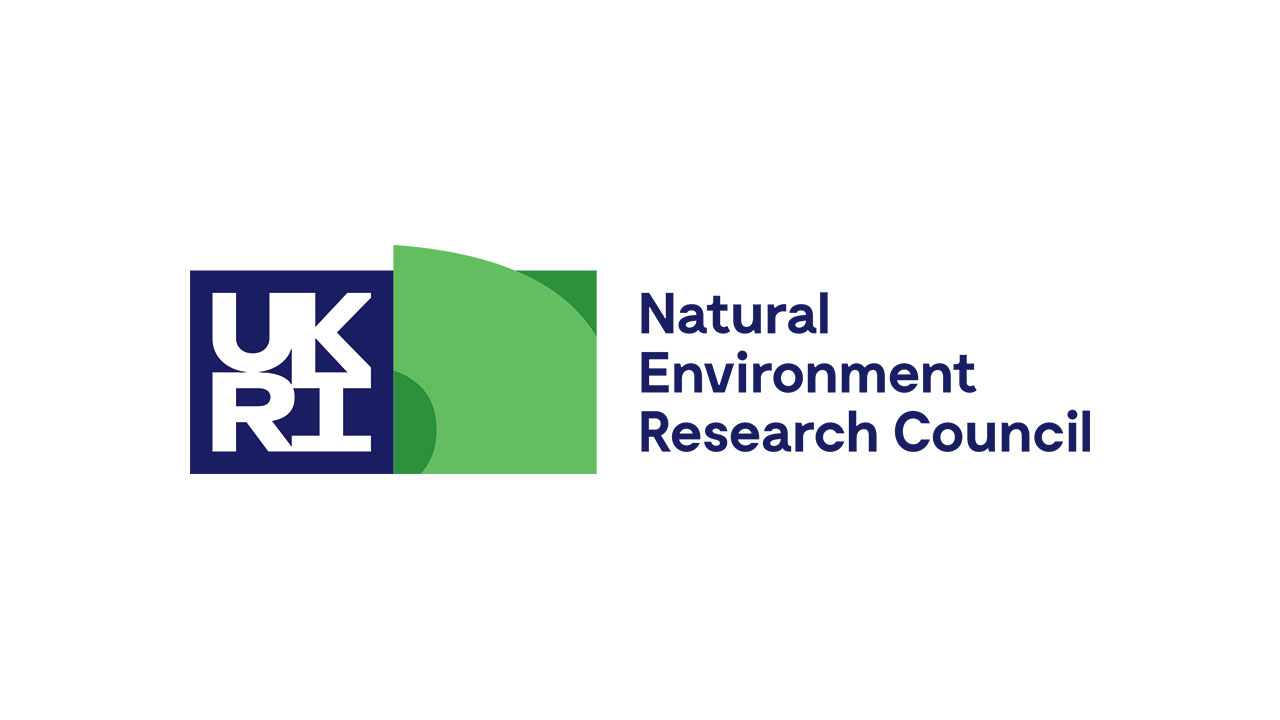University of Oxford
11a Mansfield Rd
OX1 3SZ
UK
Our Vision
Our vision is that, by understanding the various dimensions of biodiversity and threats to biodiversity, and by communicating recovery potential and the actions needed to achieve it, that we can enable a better future for people and nature.
Our Research Approaches
The members of the Species and Ecosystem Recovery theme use a variety of research approaches to measure biodiversity and evaluate strategies for its recovery. These methods can broadly be categorised in two streams:
Basic biodiversity research
- Baseline research and monitoring of focal species and ecosystems
- Remote sensing
- Bioacoustics
- Camera traps
- LiDAR
- Case studies
- Gap analysis to identify research and monitoring priorities
- Assessments of species status (e.g., IUCN Red List and Green Status)
- Changes in species and ecosystem status through time (historical ecology and paleobiology)
Finding and communicating solutions for species and ecosystem recovery
- Impact evaluation
- Field experiments (whole-ecosystem manipulation)
- Counterfactual analysis
- Nature-based solutions
- Human dimensions of recovery
- Scenarios/trajectories of human development and their implications for biodiversity recovery
- Translation of research into policy
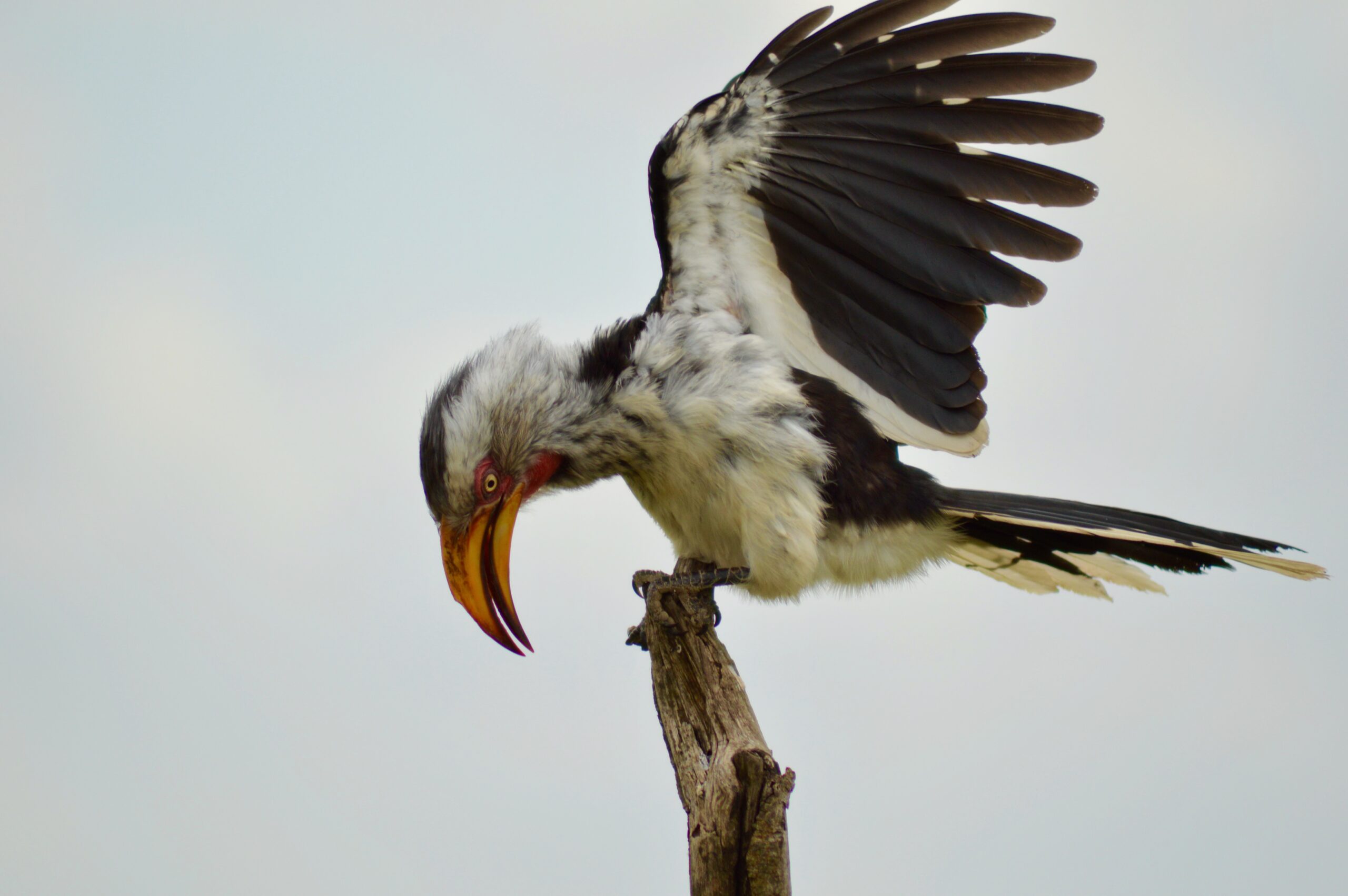
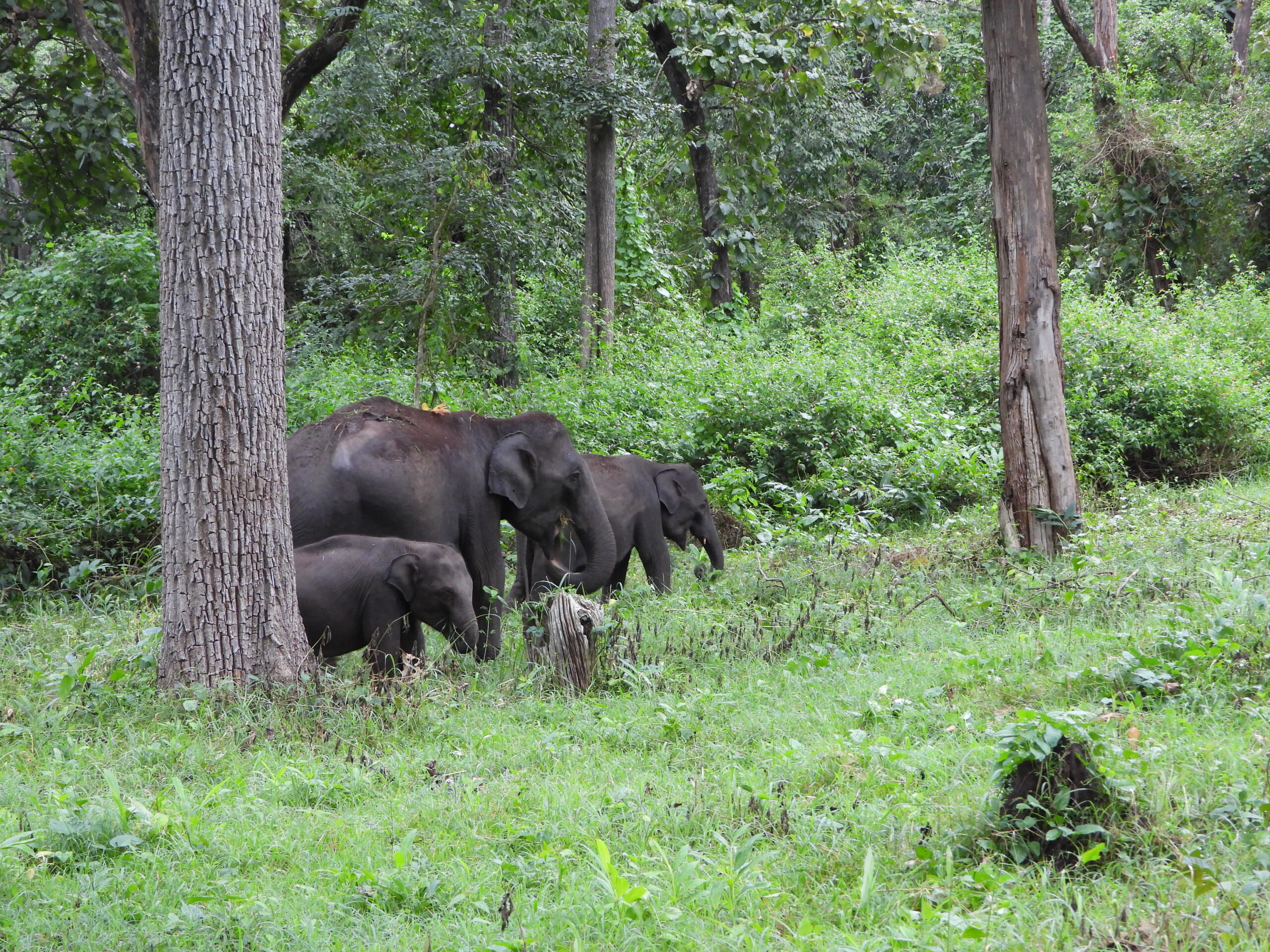
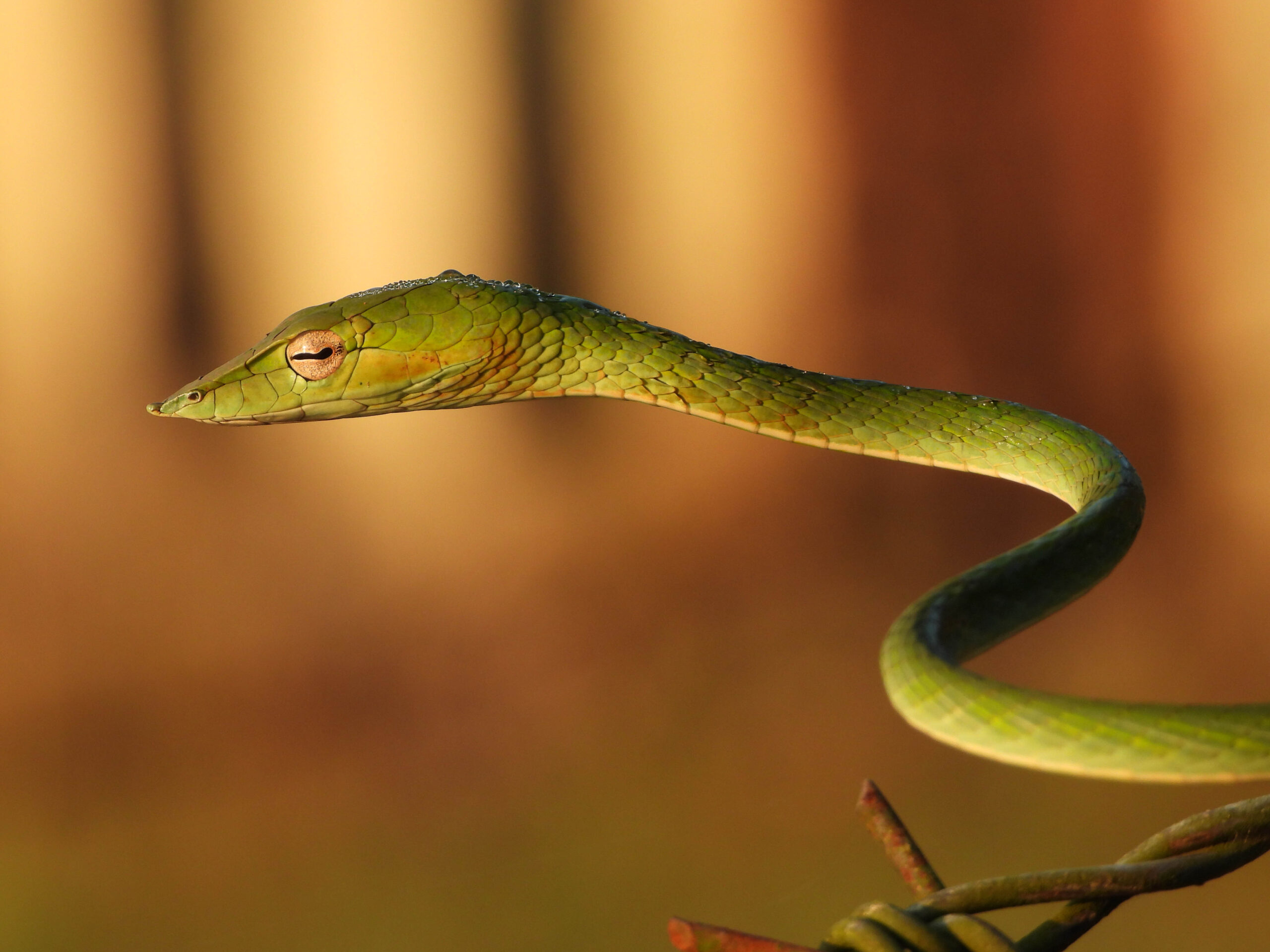
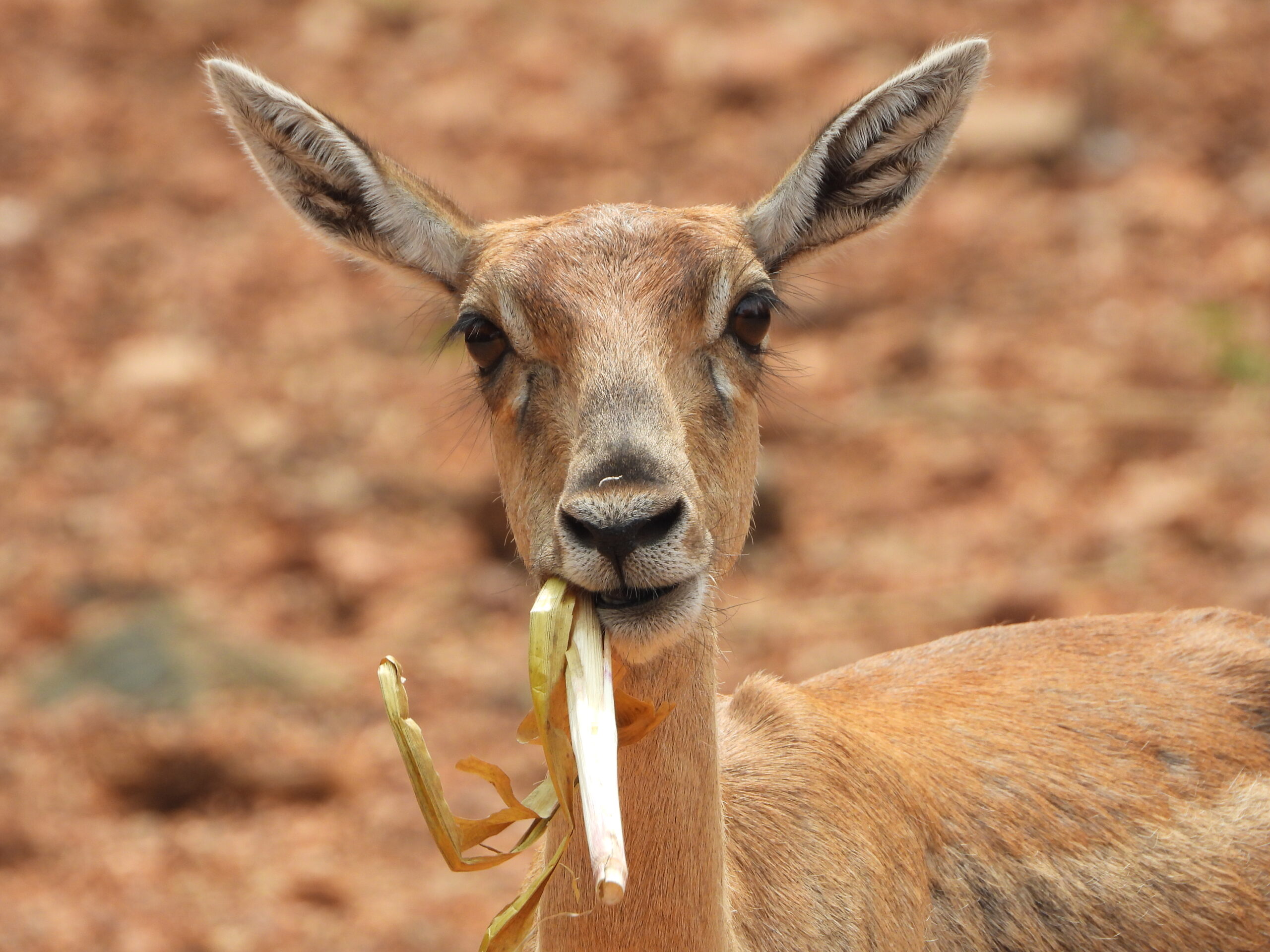

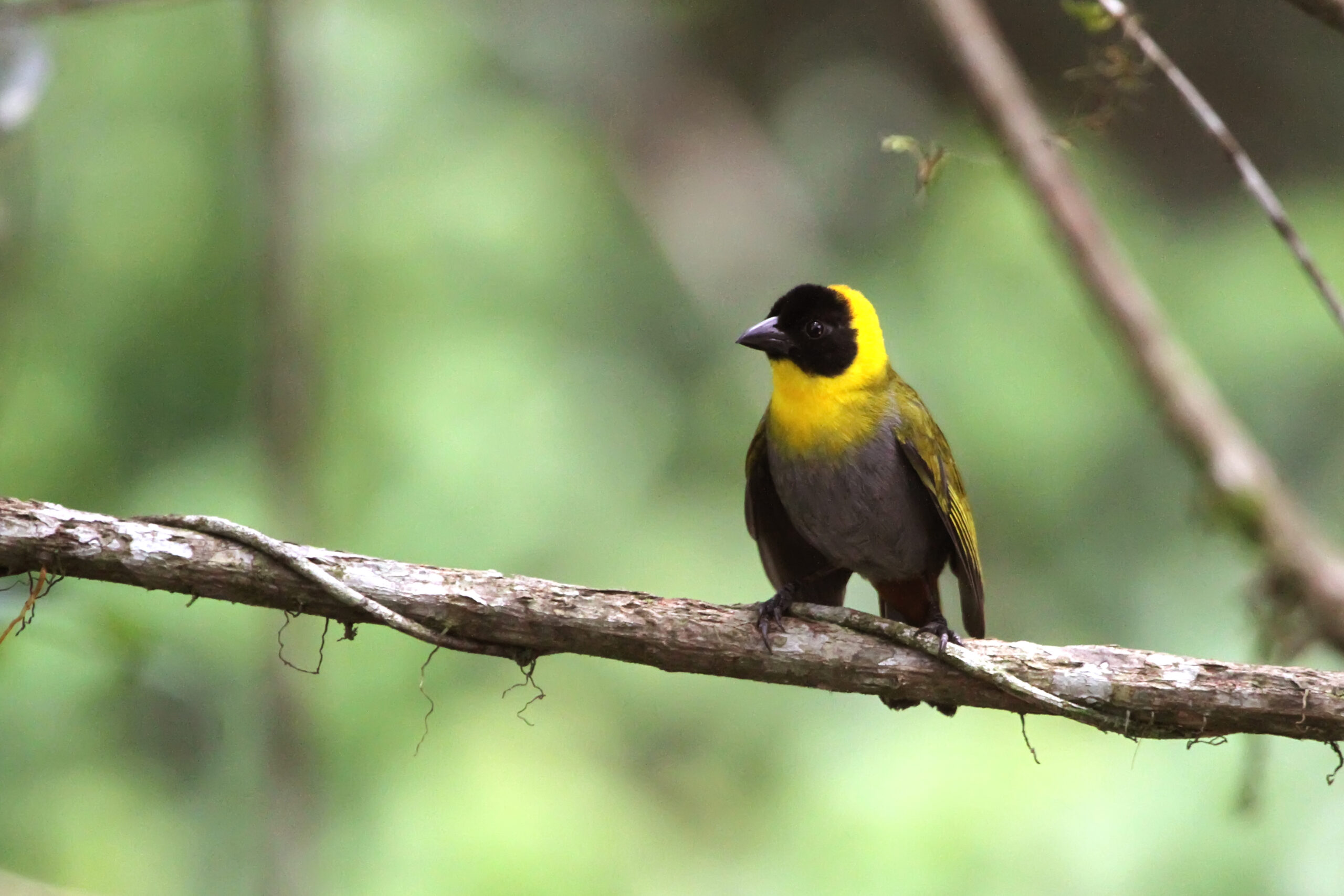
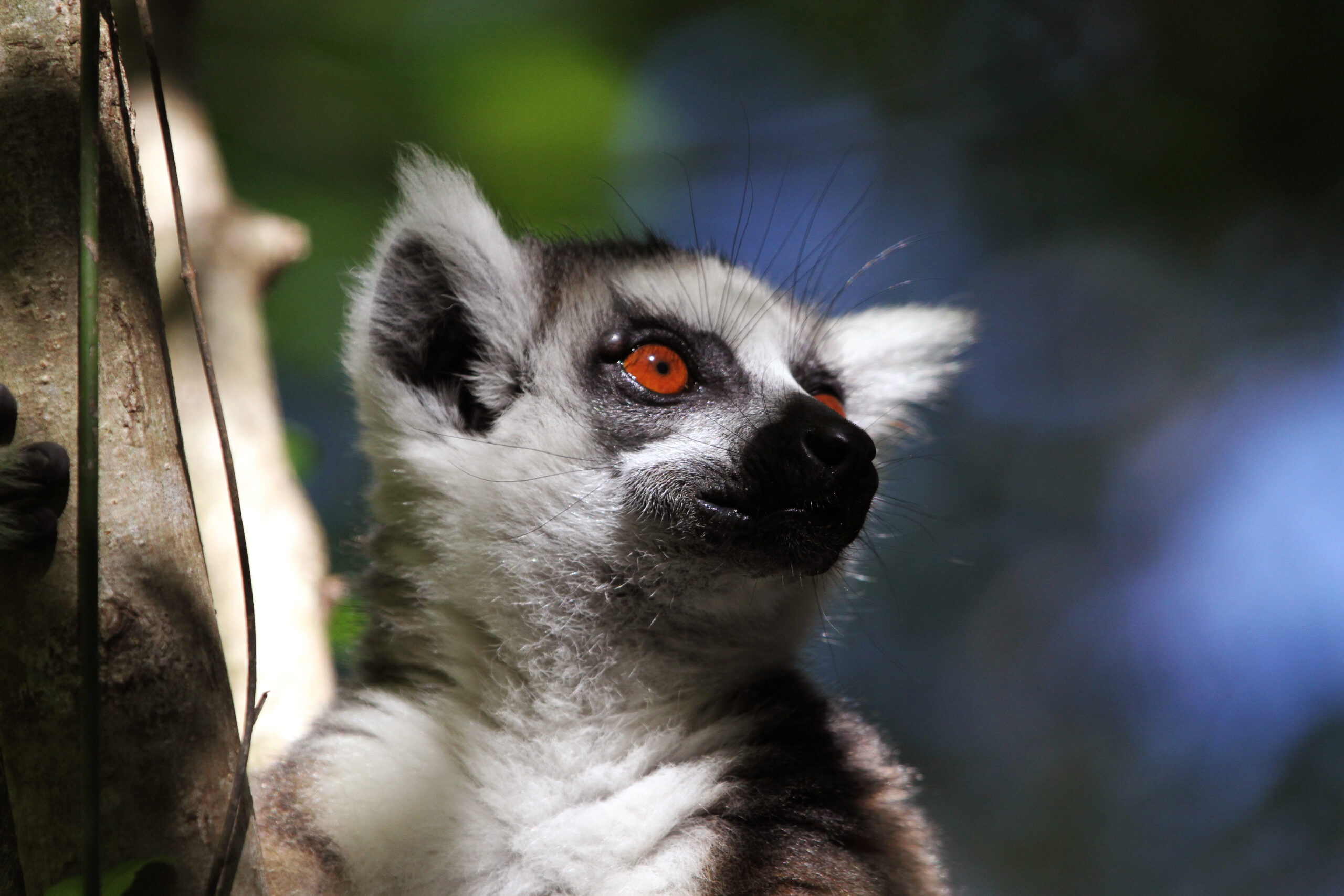
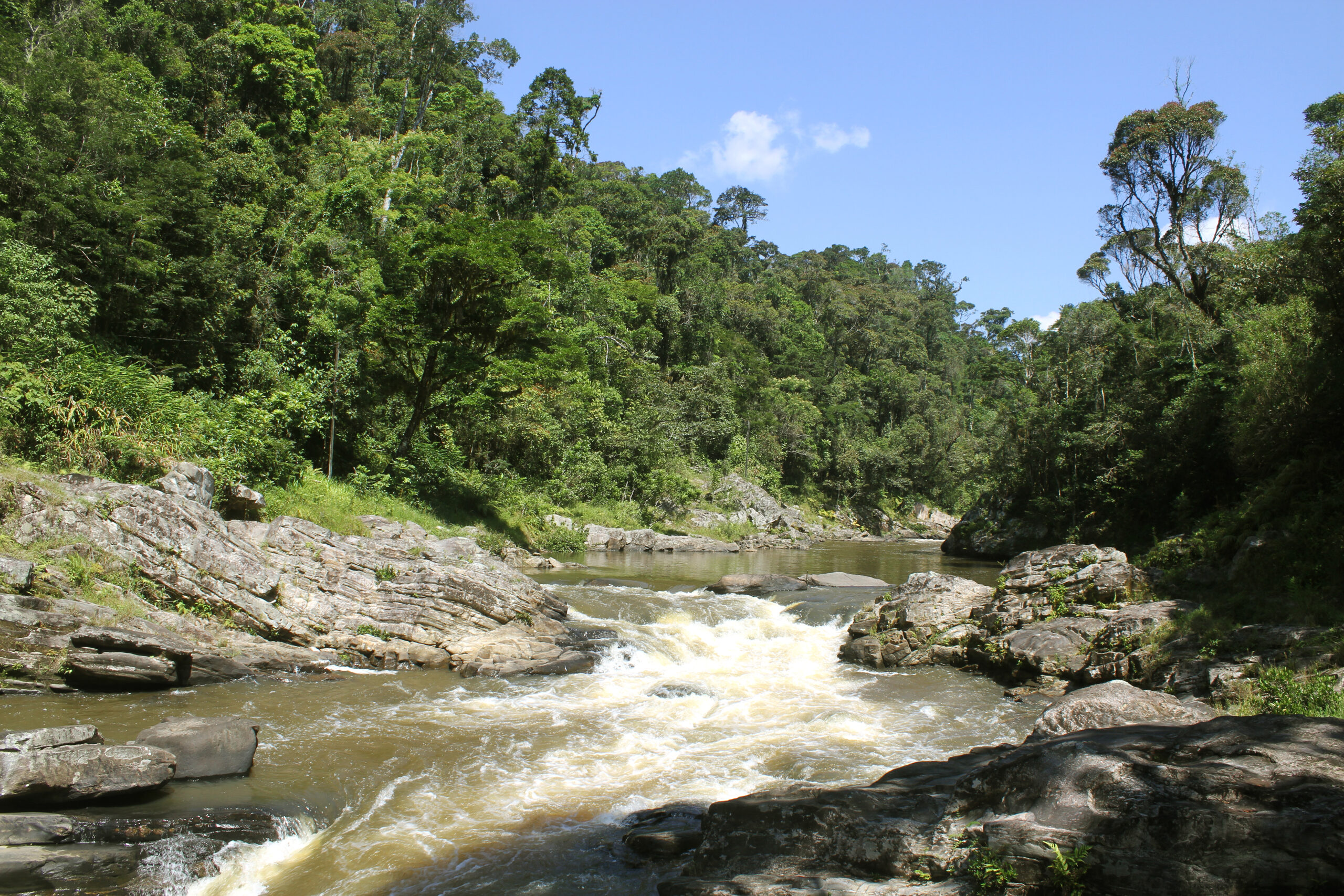
Theme Members

Molly Grace

Joe Bull

Dan Challender

Hannah Nicholas

Trisha Gupta

Rebecca Young

Brittany Bartlett

Edie Abrahams

Shahzoda Alikhanova

Ricardo Rocha

Elliot Carlton

Dillan Hoyt
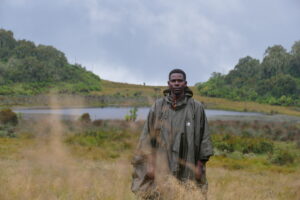
James Munyawera
Publications
Grace, M. 2023. Assessing Species Conservation Status: The IUCN Red List and Green Status of Species. In: Maclean, N (Ed.) The Living Planet: The Present State of the World’s Wildlife. Cambridge University Press, Cambridge, United Kingdom.
Rodriguez-Caro et al. (2023). Anthropogenic impacts on threatened species erode functional diversity in chelonians and crocodilians. Nature communications, 14(1), 1542.
Santiago Cano-Alonso, L, M Grace, Y Yat-tung, S Chan. 2023. Reversing the Decline in a Threatened Species: the Black-faced Spoonbill Platalea minor. Diversity 15(2): 217.
Nóbrega, E.K., Toshkova, N., Gonçalves, A., Reis, A., Soto, E.J., Ruiz, S.P., Mata, V.A., Rato, C. and Rocha, R. (2023). Insights into the habitat associations, phylogeny, and diet of Pipistrellus maderensis in Porto Santo, northeastern Macaronesia. Web Ecology, 23(2), 87-98.
Guedes, P., Alves-Martins, F., Arribas, J.M., Chatterjee, S., Santos, A.M., Lewin, A., Bako, L., Webala, P.W., Correia, R.A., Rocha, R. and Ladle, R.J., (2023). Eponyms have no place in 21st-century biological nomenclature. Nature Ecology & Evolution, 7, 1157–1160
Festa, F., Ancillotto, L., Santini, L., Pacifici, M., Rocha, R., Toshkova, N., Amorim F., et al. (2023) Bat responses to climate change: a systematic review. Biological Reviews
Guedes, P., dos Santos, Y., Matilde, E., Alves, J., Rato, C. and Rocha, R. (2023). Phylogenetic relationships of the West African mud turtle (Pelusios castaneus) on the islands of São Tomé and Príncipe, West Central Africa. Amphibia-Reptilia, 44, 391-397
Carvalho W.D., Miguel J.D., Xavier, B.S., López-Baucells, A., Castro, I.J., Hilário, R.R., Toledo, J.J. & Rocha, R. & Palmeirim. M. (2023). Complementarity between mist-netting and low-cost acoustic recorders to sample bats in Amazonian rainforests and savannahs. Community Ecology
Grace et al. 2022. The Impact of Spatial Delineation on the Assessment of Species Recovery Outcomes. Diversity 14(9): 742.
Cogoni et al. 2022. The IUCN Green Status of Species: A Call for Mediterranean Botanists to Contribute to This New Ambitious Effort. Plants 11(19): 2592.
Capdevila et al. 2022. Life history mediates the trade-offs among resilience components. Ecology Letters Early View.
Jackson et al. 2022. Genomic erosion in a demographically recovered bird species during conservation rescue. Conservation Biology e13918.
Martins, B., Silva-Rocha, I., Mata, V.A., Gonçalves, Y., Rocha, R. & Rato, C. (2022). Trophic interactions of an invasive gecko in an endemic-rich oceanic island: Insights using DNA metabarcoding. Frontiers in Ecology and Evolution, 10, p.1197.
López-Baucells, A., Rowley, S., Rocha, R., Bobrowiec, P.E., Palmeirim, J.M., Farneda, F.Z., & Meyer, C.F. (2022) Interplay between local and landscape-scale effects on the taxonomic, functional and phylogenetic diversity of aerial insectivorous Neotropical bats. Landscape Ecology DOI : 10.1007/s10980-022-01493-x
Yoh, N., Clarke, J.A., López-Baucells, L., Mas, M., Bobrowiec, P.E.D., Rocha, R., & Meyer, C.F. (2022) Edge effects and vertical stratification of aerial insectivorous bats across the interface of primary-secondary Amazonian rainforest. PLOS One
Rocha-Silva, I., Santos, J.M., Rocha, R. & Rato, C. (2022) Bioclimatic and local drivers modulating the expansion of an introduced temperate reptile in a subtropical island. Global Ecology and Conservation 37: e02164
Ferreira, D.F., Gibb, R., López-Baucells, A., Nunes, N.J., Jones, K.E. & Rocha, R. (2022) Species-specific responses to land-use change in island insectivorous bats. Journal of Nature Conservation
Farneda, F.Z., Rocha, R., Sabhrina, A.G., López-Baucells, A., Sampaio, E.M., Palmeirim, J.M., Bobrowiec, P.E., Dambros, C. & Meyer, C.F.J. (2022) Bat phylogenetic responses to regenerating Amazonian forests. Journal of Applied Ecology
López-Bosch, D.†, Rocha, R., López-Baucells, A., Wang, Y., Si, X., Ding, P., Gibson, L. & Palmeirim, A.F. (2022) Passive acoustic monitoring reveals role of habitat affinity in sensitivity of sub-tropical East Asian bats to fragmentation. Remote Sensing in Ecology and Conservation [†student publication]
Nunes, S.F.†, Mota-Ferreira, M., Sampaio, M., Andrade, A., Oliveira, N., Rebelo, R. & Rocha, R. (2022) Trophic niche changes associated with the eradication of invasive mammals in an insular lizard: an assessment using isotopes. Current Zoology
Grace et al. 2021. Building robust, practicable counterfactuals and scenarios to infer the impact of species conservation interventions. Biological Conservation 261: 109259.
Grace et al. 2021. Testing a global standard for quantifying species recovery and assessing conservation impact. Conservation Biology 35(6): 1833-1849.
Grace et al. 2021. Engaging end-users to maximise uptake and effectiveness of a new species recovery assessment. Conservation and Society 19(3): 150-160.
Pierce, SJ, M Grace, G Araujo. 2021. Whale Shark Conservation. In: Dove ADM & Pierce SJ (eds). Whale Sharks: Biology, Ecology, and Conservation. Taylor & Francis, Boca Raton.
Rowat et al. 2021. Outstanding Questions in Whale Shark Research and Conservation. In: Dove ADM & Pierce SJ (eds). Whale Sharks: Biology, Ecology, and Conservation. Taylor & Francis, Boca Raton.
Acebes, P, M Grace. 2021. Más allá de la Lista Roja de Especies Amenazadas: el Estado Verde de Especies de la UICN como herramienta para evaluar el éxito de su conservación. Primeros datos para los camélidos silvestres sudamericanos. [Beyond the Red List of Threatened Species: The IUCN Green Status of Species as a tool to assess their conservation success. First data for South American Wild Camelids]. GECS News 8: 4-10.
Akçakaya et al. 2020. Assessing Ecological Function in the Context of Species Recovery. Conservation Biology 34(3): 561-571.
Grace et al. 2019. Using historical and paleoecological data to inform ambitious species recovery targets. Philosophical Transactions of the Royal Society B: Biological Sciences 374: 20190297.
Stephenson, et al. 2019. Defining the indigenous ranges of species to account for geographic and taxonomic variation in the history of human impacts: reply to Sanderson 2019. Conservation Biology 33(5): 1211-1213.
Garnett et al. 2018. Metrics of progress in the understanding and management of threats and their application to Australian birds. Conservation Biology 33(2): 456-468.
Akcakaya et al. 2018. Quantifying Species Recovery and Conservation Success: a practical framework for expanding the IUCN Red List of Threatened Species. Conservation Biology 32(5): 1128-1138. Open Access.




